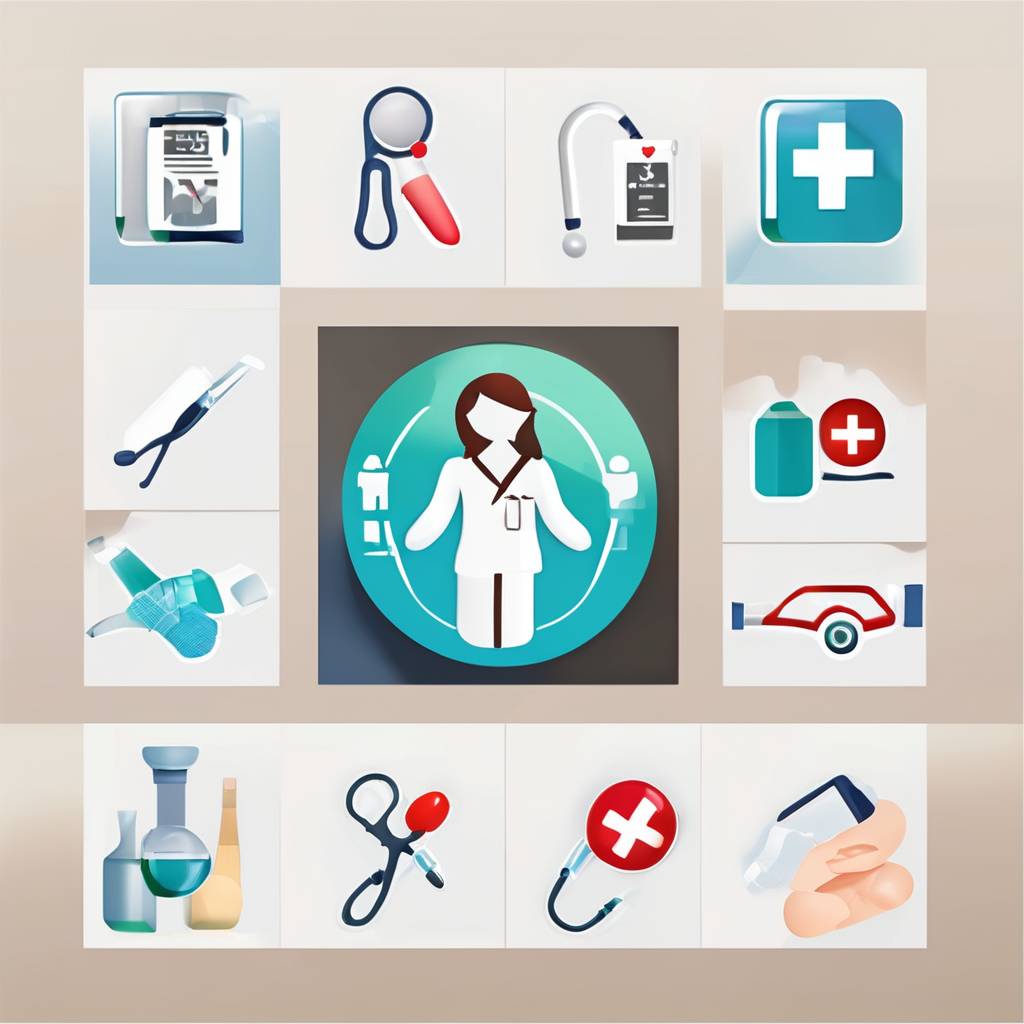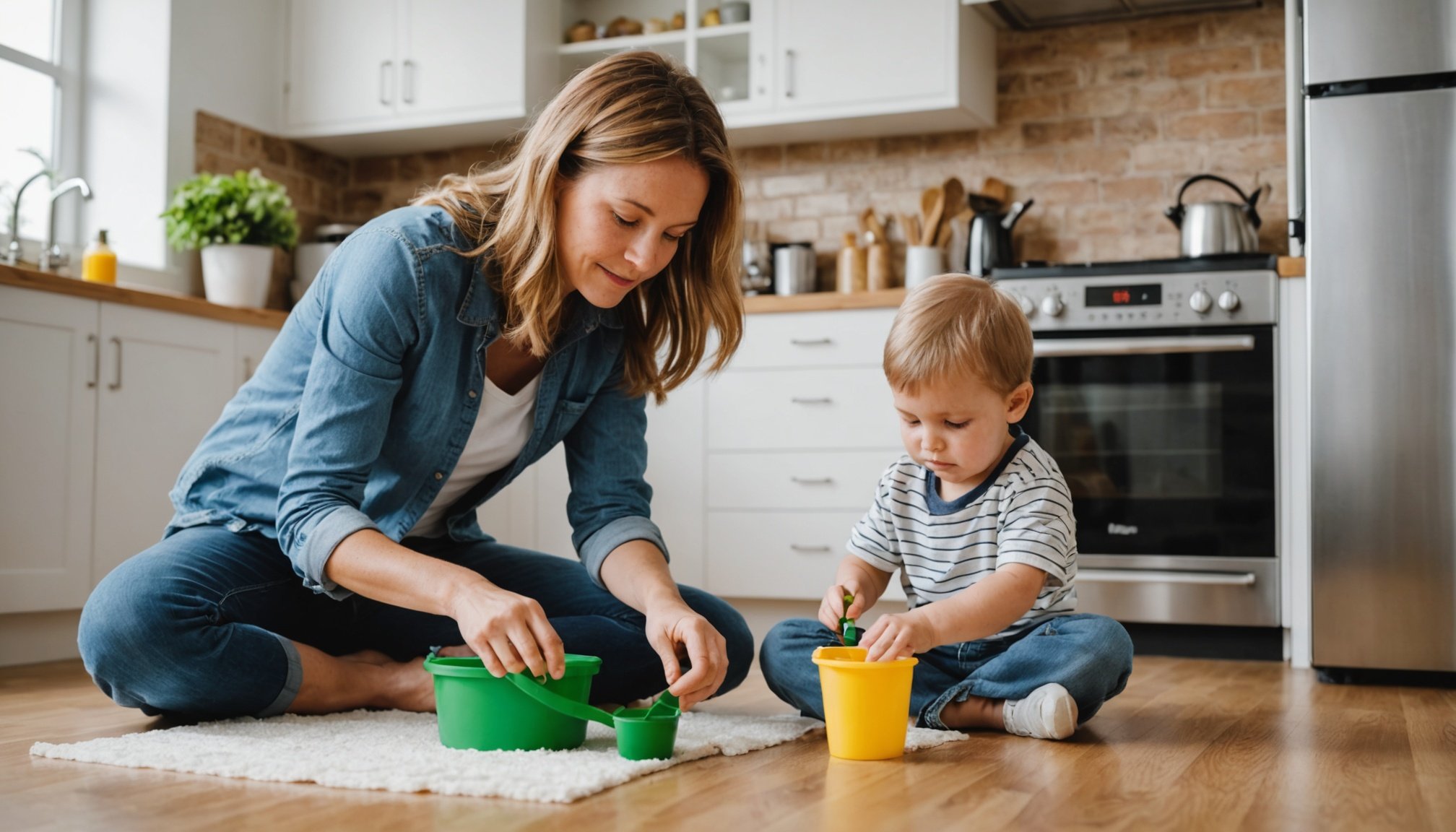In today’s fast-paced world, being mindful of your living environment is more essential than ever. As research continues to unfold, the presence of environmental toxins within our homes is becoming a growing concern. From everyday household items to the very air we breathe indoors, these contaminants can silently impact our health. But what if you could take simple, practical steps to significantly reduce your exposure? That’s precisely what we’ll explore in this article, providing you with insights and actionable strategies to create a healthier home environment.
Identifying Common Household Toxins
Before embarking on a journey towards a toxin-free home, it’s crucial to first identify the common culprits lurking in your space. The substances we encounter are often hidden in products we use every day, masking the potential harm they may pose. These harmful elements can range from volatile organic compounds (VOCs) found in paints and varnishes to phthalates in plastics and fragrances. Understanding their prevalence in household items is the first step towards effective mitigation.
This might interest you : How can you create a calming sleep environment that promotes restorative sleep and improves overall health?
Volatile Organic Compounds (VOCs): These are gases emitted from certain solids or liquids and include a variety of chemicals that may have short- and long-term adverse effects. Common sources include building materials, furnishings, and cleaning supplies.
Phthalates: Found in many products, phthalates are used to make plastics more flexible. They are present in personal-care items, plastic containers, and even some food packaging.
Additional reading : What role does personal journaling play in processing emotions and enhancing self-awareness?
Formaldehyde: A known human carcinogen, formaldehyde is present in some household products and building materials, including wood furniture and certain types of insulation.
Recognizing these toxins is half the battle. By becoming informed of their sources, you can begin to make conscious decisions to avoid them where possible, drastically reducing your exposure.
Choosing Safer Household Products
Armed with knowledge about the common toxins in your home, the next step is to choose safer alternatives. The market today offers a wide array of products designed to minimize exposure to hazardous chemicals. Opting for these can make a significant difference, not just for your health but for the environment at large.
Natural Cleaning Solutions: Consider replacing conventional cleaning products with those that are plant-based and free from synthetic fragrances. Ingredients such as vinegar, baking soda, and lemon can be just as effective in maintaining cleanliness while cutting down on harmful residues.
Eco-friendly Furniture and Décor: When selecting furniture or home décor, look for items labeled as low-VOC or no-VOC. These products are less likely to off-gas harmful chemicals into your living space.
Non-toxic Personal Care Products: Everyday health and beauty products can be a source of phthalates and parabens. Choose those labeled as “phthalate-free” or “paraben-free” to protect your skin and respiratory health.
By selectively choosing products with fewer chemicals, you can significantly mitigate the risks associated with household toxins, fostering a safer environment for you and your loved ones.
Improving Indoor Air Quality
Poor indoor air quality is often a result of everyday activities and the materials used within your home. While it might seem daunting, there are several effective strategies to improve the quality of air you breathe daily, reducing your exposure to harmful toxins.
Ventilation: Regularly ventilating your home can help dissipate harmful chemicals. Open windows and doors when weather permits, and use exhaust fans in bathrooms and kitchens to circulate air.
Air Purifiers: Investing in quality air purifiers can significantly reduce airborne toxins, allergens, and pollutants. Look for models equipped with HEPA filters, renowned for their ability to trap even the smallest particles.
Houseplants: Certain houseplants are known for their air-purifying properties, absorbing toxins and improving indoor air quality. Consider incorporating plants like spider plants, peace lilies, and snake plants into your living space.
Maintaining a focus on enhancing air quality can lead to noticeable health benefits, reducing the likelihood of respiratory issues and other health concerns linked to poor air conditions.
Adopting Sustainable Practices
Embracing sustainable practices not only benefits the environment but can also play a pivotal role in reducing your home’s toxic footprint. By adopting eco-friendly habits, you contribute to a healthier planet and a safer living environment.
Reduce, Reuse, Recycle: Familiarize yourself with recycling guidelines in your area and make a conscious effort to reduce waste. Reusing materials where possible can also cut down on the need for new products, often laden with chemicals.
Energy Efficiency: Use energy-efficient appliances and light bulbs to reduce pollution and waste. Consider renewable energy options like solar panels if feasible for your home.
Water Quality: Be mindful of the water you and your family consume. Installing a water filter can help remove impurities and potential toxins, ensuring safer consumption.
By incorporating these sustainable practices into your daily routine, you not only reduce exposure to harmful substances but also foster a cleaner, greener world.
Creating a safer home environment involves more than just eliminating toxins; it requires an ongoing commitment to making informed decisions about the products and practices you adopt. By identifying common household toxins, choosing safer products, improving indoor air quality, and adopting sustainable practices, you take concrete steps toward minimizing exposure to harmful chemicals. As we advance into a future where the focus on health and sustainability intensifies, these practices will not only benefit your household but contribute to a global movement towards healthier living. Embrace these changes today, and pave the way for a brighter, toxin-free tomorrow.











